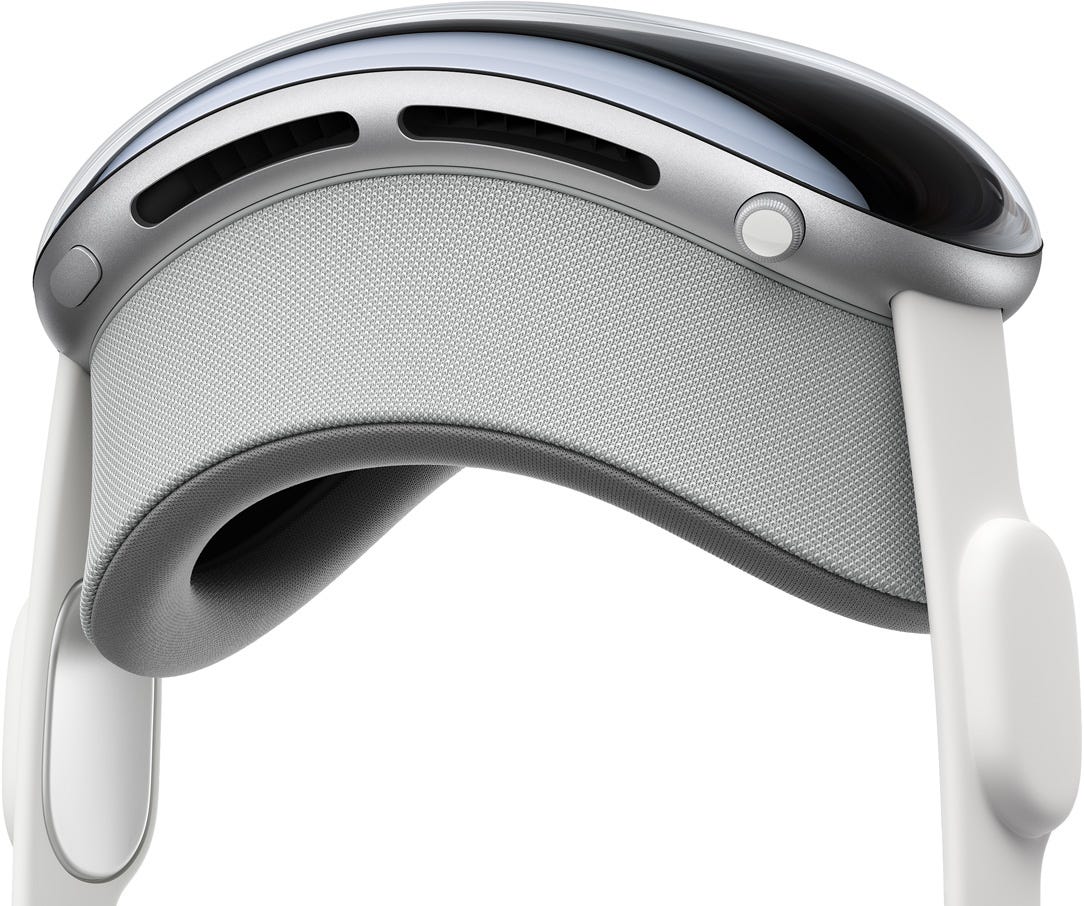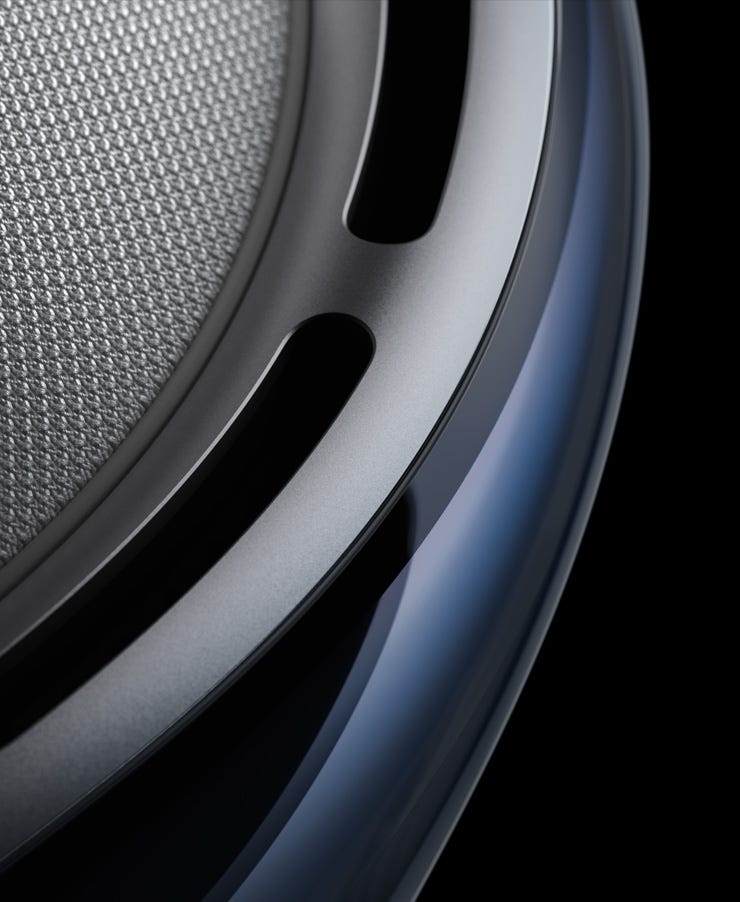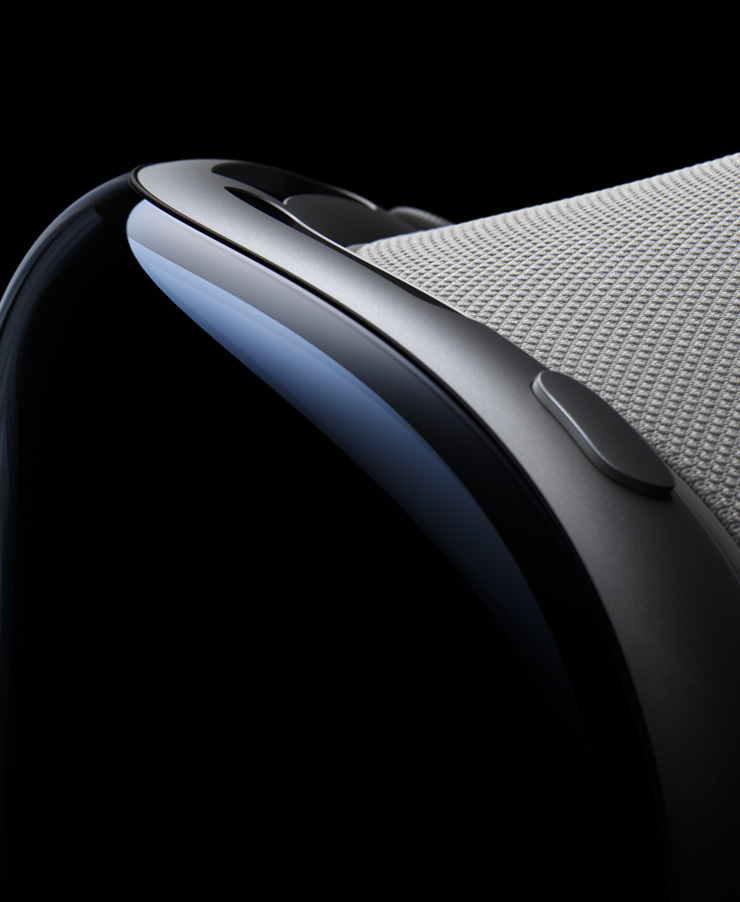Apple Vision PRO - All You Need To Know
We have a new 1st gen product from Apple, and it's been a while. Apple has been working on this for close to 10 years, and created over 5000 patents. We are about to witness a new iPhone moment.
👋 Hello! I’m Linus, and welcome to this 🔓 open edition 🔓 of my weekly newsletter. Each week, I delve into all things AI, answering your questions, writing op-eds, and creating AI tutorials.
Today, let's talk about the new Apple Vision Pro.
The Apple Vision Pro has been long in the making. I’ve covered AR/VR development for close to 8 years now, and it’s incredible to see how far we’ve come. If you're interested in my past articles on this topic, feel free to visit or bookmark the following pieces:
Magic Leap — The next big frontier in human+computer revolution (2015)
Why you should be starting VR/AR/MR design & development now (2016)
How Facebooks bet on AR/VR/MR will completely slingshot the industry forward. (2017)
For more, visit my Medium profile at linusekenstam.medium.com.
Apple Vision Pro: A Brief Overview
The Apple Vision Pro is essentially a first-generation Spatial Computer - a head-mounted display system with an unparalleled spatial awareness of its surroundings. Each eye gets a resolution of over 4k, and the device is powered by an M2 and R1 chip. The battery life appears to be a limiting factor given the steep price point of $3499 and the initial US-only release set for early 2024.
This release strategy mirrors how the iPhone was initially introduced, suggesting that Apple is leveraging successful tactics from its own playbook.
The Vision Pro, as we understand it, embodies an exceptional premium quality, a hallmark of Apple's Pro product range. It has undergone meticulous crafting and iterations to meet the high standards that Apple is renowned for before it was deemed ready for release.
The dominoes for this innovation have been set in motion for years. From the introduction of LiDAR to ARKit, the industrial design of the Watch, AirPods Max, and more have contributed to the understanding and crafting of the Vision Pro.
In my opinion, the final piece of the puzzle was Apple Silicon. This headset wouldn't have been possible with third-party silicon. A seamless integration of hardware and software is essential for success, or else the product risks failure. As a regular VR user, I understand the importance of key aspects such as lens quality, screen resolution, latency, and tracking. If any of these components are even slightly off, or if there's the slightest jitter, it can induce feelings of seasickness or result in a subpar user experience that discourages revisits.
Apple is well-aware of this. They have demonstrated patience, waiting for various elements to converge and meet their rigorous standards. This approach is a stark contrast to that of Meta and Oculus, which has been more of a public building process versus Apple's more private strategy. My intuition suggests that Apple's method will yield more successful results. Word on the street indicates a high demand for the Vision Pro already, as opposed to the Quest Pro, which seems to be gathering dust on store shelves.
There are a few concerns for me. Let’s talk them through in no particular order.
Weight. being made out of Aluminium and Glass, there are some concerns about weight, this could be mitigated by the fact that the bulk of the weight is in the battery, which is housed in a separate pocket device.
Ergonomics. Any VR headset user knows the importance of a top head-strap or counterweight behind the head for extended use and comfort. Frankenquest is the most popular mod for Quest for a reason.
Battery Life. According to Apple's own stats, the Vision Pro seems to get around 2 hours of battery life, which is considerably lower compared to other Apple devices. This may not cover the duration of a typical feature film, for instance, which makes me think users might need multiple batteries or a power source.
Lack of controllers / Haptics. While I can't definitively comment on this as I haven't personally used the headset, I do find that using my hands for input on the Quest can be tiring over long periods.
Jitter, drift. The Vision Pro has an extremely capable sensor suite, but even a slight, intermittent drift of anchored elements could negatively impact the overall experience.
Now I can only hope that these concerns of mine are part of the things Apple has been waiting for perfect. And that we at this point actually don’t have any issues with the above. But time will tell. Below is the introduction video to Apple Vision Pro.
What can the Vision Pro do?
It’s essentially a computer. So anything you can do on your computer and more. It’s a standalone device. You do not need any other Apple product for this to work. But from what Apple has said, it will fit perfectly into the Apple Ecosystem. Just as one would assume. Marques puts it well, the 3 C’s, Computing, Content & Connections.
It can sync your computer screen by just looking at the screen (some sort of SideCart implementation). It can do things such as FaceTime and Browsing the internet. It can simulate a 100 feet wide cinema display (yes you read that right) and you can decide how immersive you want to be by just twisting the digital crown on the top of the device.
Another extremely interesting feature is the forward facing OLED screen that shows your eyes when you are using passthrough. So that others can see a virtual pair of your eyes on the front/inside of the headset. Yeah its not actually transparent but if anything this hints to where the future of these headsets will go. Think Ski-goggles.
Overall this is one heck of an impressive spatial computer, that will revolutionise how we interact with computers both professionally but also at home. If Oculus/Meta paved the way for this with billions and billions of dollars invested, and starting a movement. Apple will basically shot the spatial computing paradigm into the stratosphere. This is day 0 and I’m here for it.
Industrial Design to Marvel At
The industrial design language of the Vision Pro follows the path of the Apple Watch Ultra, with the same gray and orange color palette and exclusive, potentially heavyweight materials.
The industrial design language of the Vision Pro follows the path of the Apple Watch Ultra, with the same gray and orange color palette and exclusive, potentially heavyweight materials.
If we take a moment to appreciate the work put into this device - the curved glass and aluminium case, the expertly crafted lenses, the overall aesthetic - it's quite clear that this is a marvel of technology. More importantly, this is just the first generation. Considering how the first iPhone pales in comparison to its current iterations, one can only imagine the potential of the Vision Pro in the years to come.
This product, now out in the open, marks Apple's entry alongside Meta into spearheading the next revolution in the spatial and embodied computing era.
A Bright Future Ahead
The culmination of a decade's worth of behind-the-scenes work is finally here. It's exciting to witness how the Vision Pro, an ultra-premium HMD, will change our interactions with technology.
While other manufacturers have used plastic to reduce weight, Apple has chosen luxurious, albeit heavier, materials. This implies a balance between comfort and luxury. However, the weight remains a concern.
The level of design and craftsmanship invested into the Vision Pro is evident in the curved glass, the aluminium case, and the high-quality lenses - elements one wouldn't want to risk damaging with an inferior microfiber cloth.
The Apple Vision Pro signals the beginning of an era in which spatial computers are no longer confined to the realms of science fiction but have become a part of our daily lives. It's invigorating to see the Vision Pro standing at the forefront of this revolution, ushering in a new age of spatial and embodied computing.
Looking Forward
Despite being a Pro device with a considerable price tag, the Vision Pro is set to redefine our expectations of computers and their integration into our lives. Given the device's exclusive release in the U.S. in early 2024, it is clear that Apple is not expecting this to be a mass-market product. They will likely ramp up production slowly, learning from early users and developers before adjusting their strategy.
If we look at Apple's lineup of products, I wouldn't be surprised if a more consumer-friendly version with fewer capabilities and a lower price tag is on the horizon. It's too early to make any firm predictions, but the release of the Vision Pro is undoubtedly a significant milestone in the tech industry.
The Vision Pro's launch is akin to the dawn of a new day. The future of spatial computing is here, and we are all privileged to witness its rise.
Still here?
If you are still here, thank you. I hope you enjoyed this little dive into Apple Vision Pro. If you have questions, feel free to reply to this email or reach out to me on Twitter











